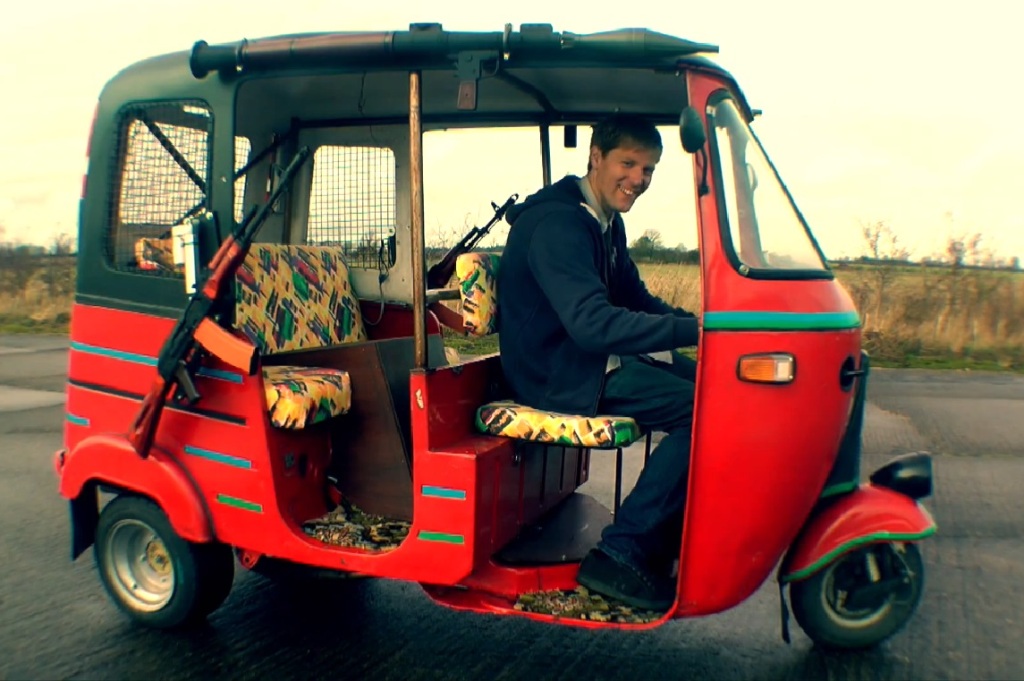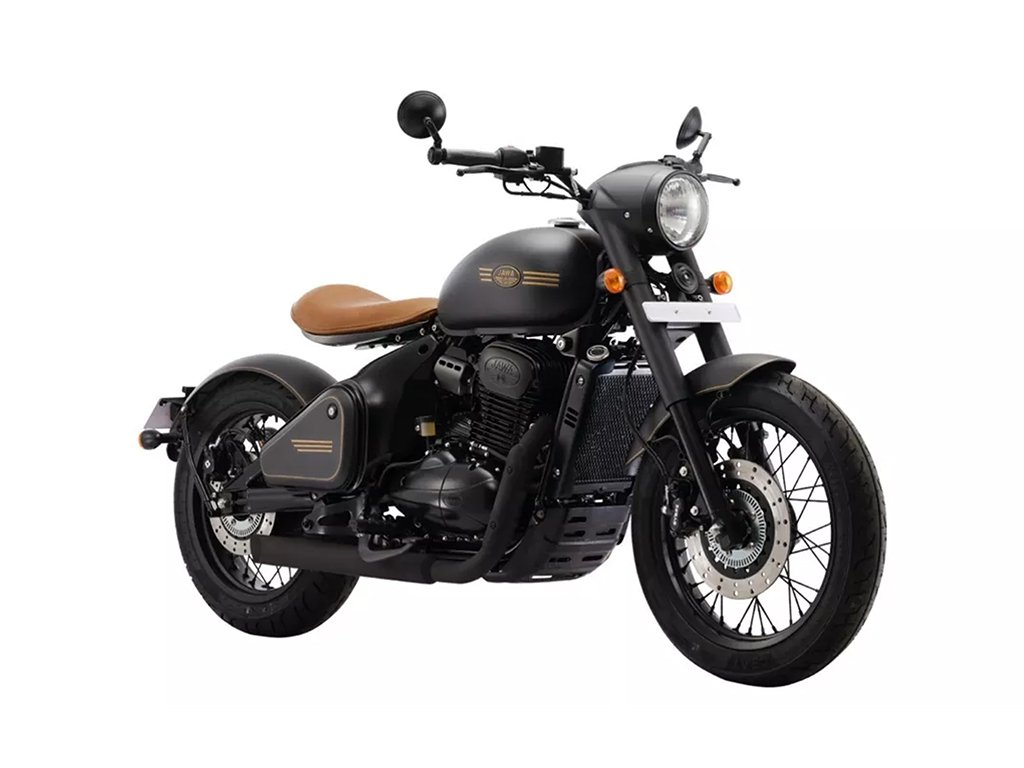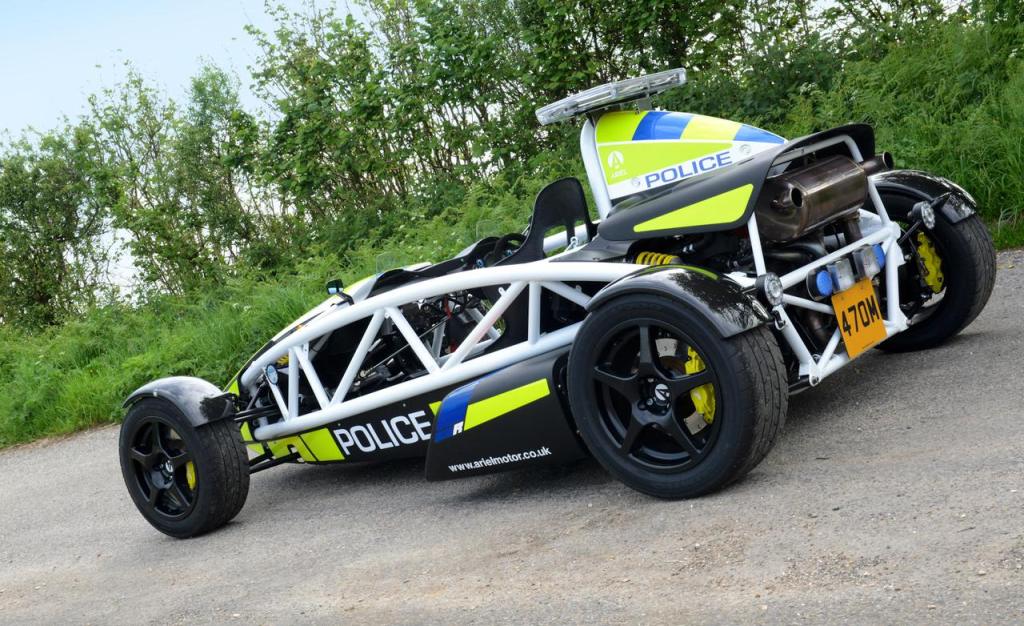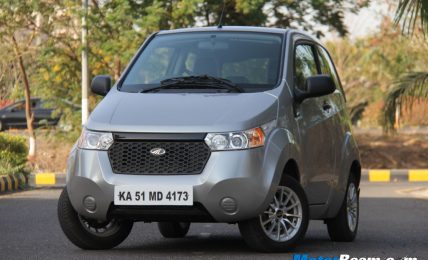The Indian government is contemplating to mandate seatbelts in three-wheelers under a new draft but does it provide any real world safety when coupled with the compromising body structure?
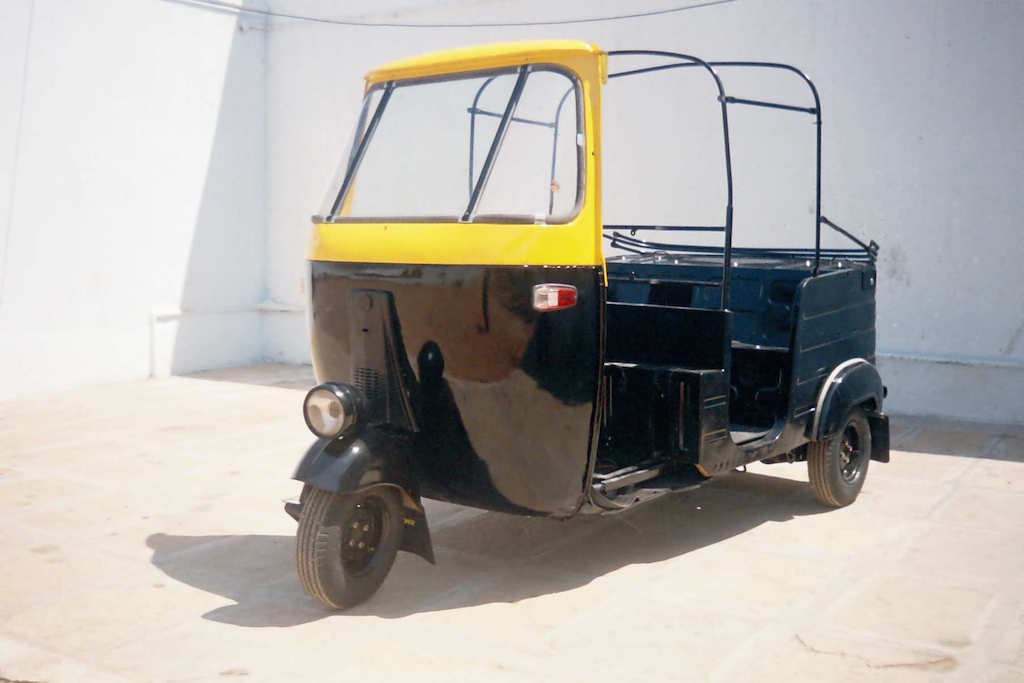
You read it first on MotorBeam. Tightening the screws, the next phase of vehicular safety has kicked off in India (sort of as per us) with mandatory safety features on people movers being contemplated by the government. In this case, the very popular three-wheelers have been taken into consideration as the Automotive Research Association of India (ARAI) is proposing to mandate seatbelts for L5M and L5N vehicle categories under a new draft number AIS-134/F.
L5M Category: Passenger Carrier (auto-rickshaw) — A three-wheeler on account of its technical features intended to carry passengers.
L5N Category: Goods Carrier — A three wheeler on account of its technical features intended to carry goods.
While we appreciate the move taken up by ARAI to enforce improved safety on the three-legged commercial vehicle, there comes serious doubt on the structural rigidity of three-wheelers and whether seatbelts make any kind of a difference. These models see the front body is connected to the main body with just a couple of rods on the top and a decent amount of sheet metal at the bottom. Let’s not forget that the only covering you get is a vinyl coated fabric cover. Not the most exciting visual per se.
It has been more than a year since the Global NCAP performed crash tests on popular selling cars in India, which saw most vehicles fail to get a single star rating, forget satisfactory results. The India specific models failed to pass UN’s minimum safety standards with a weak body structure and lack of safety features regarded as primary reasons. However, the startling revelation paved a way for rising demand for vehicular safety with the now informed customer playing a major role.
Post the incident, the government was quick to announce India’s own vehicular safety watchdog known as the Bharat New Vehicle Assessment Program (BNVSAP) that will be functional towards the end of this decade. Under BNVSAP, it has been decided that all four-wheelers will be equipped with ABS and dual front airbags as standard across all variants, whereas the 125cc and above two-wheelers get ABS as mandatory. The first step towards vehicular safety, the government made ABS and speed limiters as mandatory on commercial vehicles manufactured post 1st October 2015.
